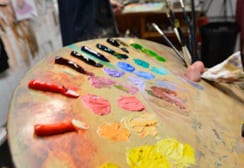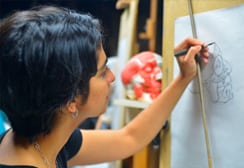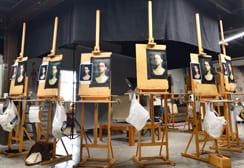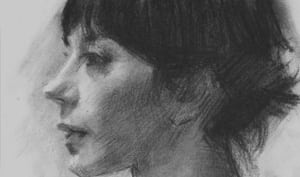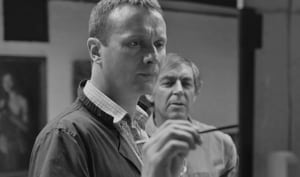
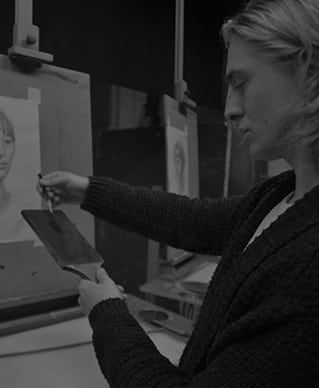
Cost
SOLD OUT
Timetable
28th Sep – 2nd Nov
half term
16th Nov – 21st Dec 2016.
Term 1 Underpainting
The first term will be divided between two types of underpainting, the first half “imprimatura” using one pigment and the second half “Grisaille” using two pigments.
Imprimatura
We will be using this method to ease the transition from Drawing to Oil Paint. It’s a similar process to Drawing as we use the white of the canvas for the lights whilst adding paint for the darks.
The beauty of this technique is its simplicity. There is no need to mix colour, the paint can be applied directly to the canvas just like using a pencil.
Imprimatura stems from the Italian and literally means “first paint layer”. This technique is traditionally used as an underpainting which is a monochrome version of the final painting. The intention is to fix the composition and the tonal range before adding colour.
Grisaille
We will be using this technique to introduce students to the art of mixing paint beginning with two pigments (black and white ) before moving on to the complexities of colour.
Grisaille is a term used for a monochrome painting using shades of grey. A Grisaille may be painted for its own sake or used as under-painting. The difference with this technique and the Imprimatura is that the lights are built up using impasto paint layers.
Daily Schedule
Morning Session
- Critiques from previous weeks assignment.
- Theory behind the days lesson.
- Demonstrate related exercises.
- Class repeat the exercises
Afternoon Session
- Students apply what we have learned in the morning on the portrait model.
- Assignment for further independent study to reinforce the lesson.
Each lesson may last between a morning to two weeks.
[/fusion_text]
Topics Covered
Skull
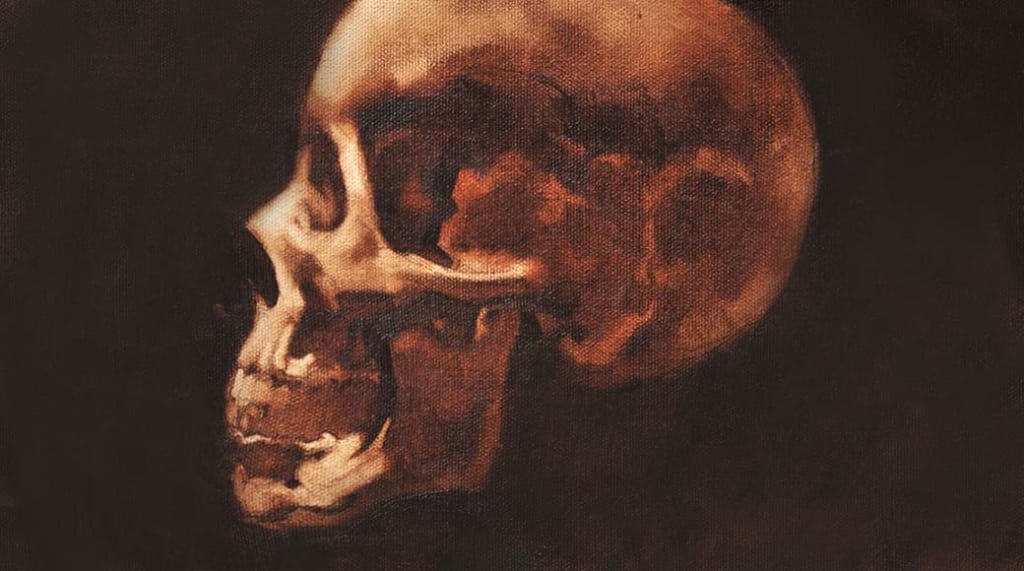
Lesson
Lesson = Introduction to oil painting. This is a similar technique to charcoal using the white of the canvas for the lights and applying paint for the darks.
Exercise = Paint a skull whilst learning how to use the brushes and manipulate the paint and medium.
Model = Working from a skull.
Homework = Practice painting the skull from a different angle.
Outcome
Students will learn:
- manipulate paint on the canvas working wet into wet paint.
- handle the brushes, they can seem cumbersome after using the fine points of pencil and charcoal.
Asaro Head
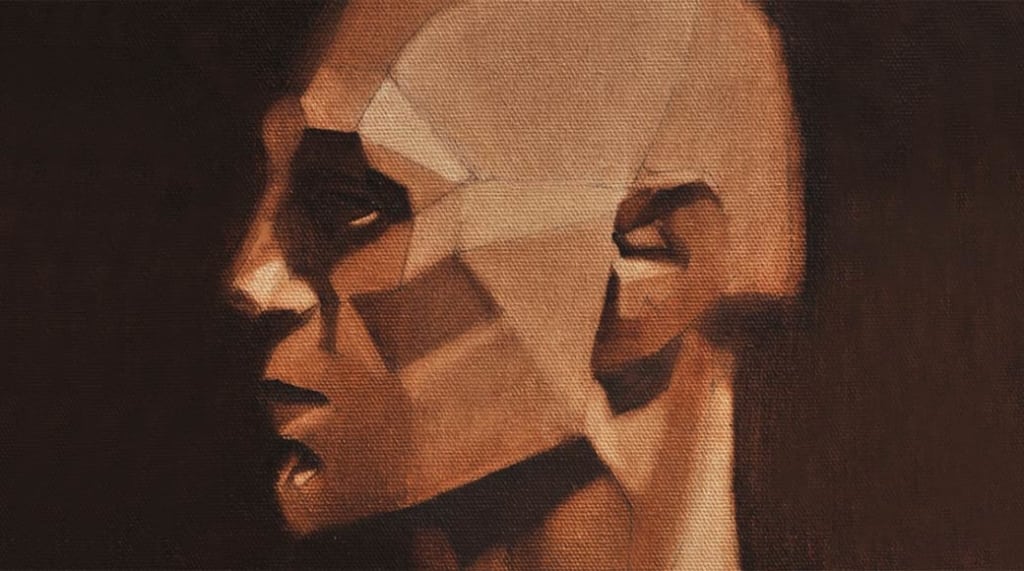
Lesson
Lesson = learn how to manipulate the paint to carve the sharp planed edges of the Asaro Head. The head is a heavily exaggerated version of the face. Its important to become skilled at recognising these planes, its key to your success as a painter.
Exercise = Using the Asaro head carefully paint the planes, observing edges and tonal relationships of each plane.
Model = The Asaro Head.
Homework = Practice painting the Asaro head from a different angle.
Outcome
Students will learn the limitations of working with the imprimatura technique.
Master Copy
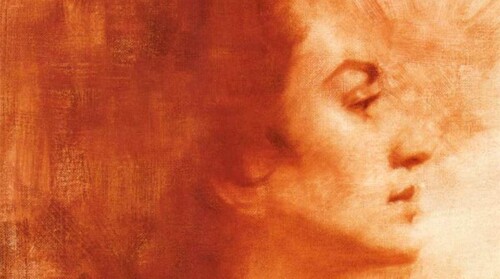
Lesson
Lesson = Aron Westerberg Study. This is a beautiful imprimatura painting by Aron Westerberg. We’ll be emulating the soft edges of this portrait.
Exercise = Study Aron Westerberg portrait focusing on edge manipulation.
Model = Putting it all together. Apply what we have learned from the previous Imprimatura lessons. Working from a live model.
Homework = Practice this technique using a sitter or reference photo.
Outcome
Students will learn how the imprimatur technique suites the use of soft smoky edges.
Skull
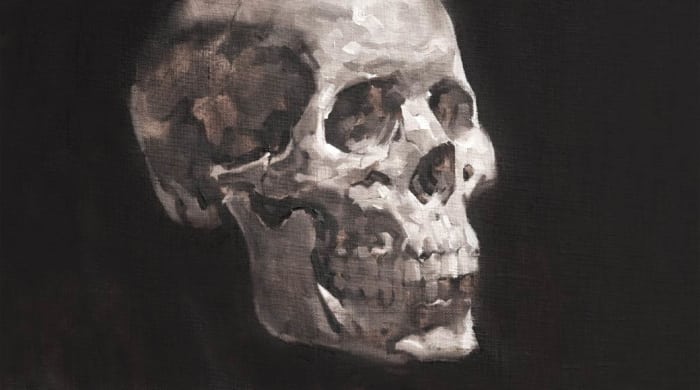
Lesson
Lesson = Introduction to Grisaille technique, mixing two colours using black and white paint.
Exercise = Paint a skull using the monochrome palette paying careful attention to edges.
Model = Working from the skull.
Homework = Practice this technique, painting the skull from a different angle.
Outcome
Students will learn to:
- mix paint and use of medium.
- manipulate paint on the canvas.
- work wet into wet paint.
- edge manipulation.
Asaro Head
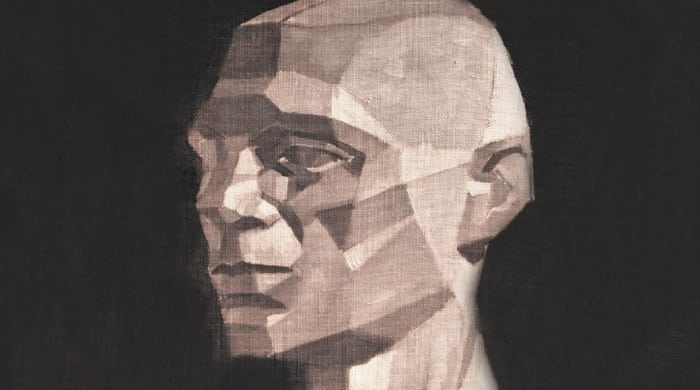
Lesson
Lesson = Using the Asaro Head, find the tonal range of each facet so they all work together to create a solid believable structure. Lots of sharp edges to consider.
Exercise = Paint a Asaro Head using a monochrome palette paying careful attention to the tonal relationships and fine edges.
Model = Asaro Head.
Homework = Practice this technique painting the head from a different angle.
Outcome
Students will learn:
- the subtleties of tonal relationships.
- edge manipulation.
- structure of the face.
Master Copy
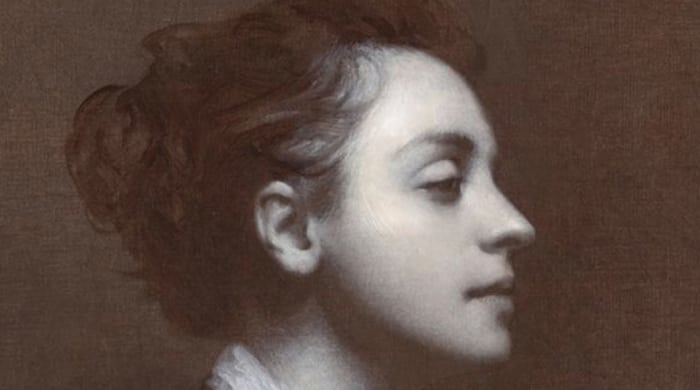
Lesson
Lesson = In this lesson we will be studying Adrian Gotliebs approach to painting a Grisaille Underpainting.
Exercise = Study Adrain Gotliebs grisaille portrait. Learn how to refine the techniques taught in the first two lessons.
Model = Putting it all together. Apply what we have learned from the previous Grisaille lessons. Working from a live model.
Homework = Practice painting self portrait, sitter or from a photo reference.
Outcome
Students will learn how to render subtle skin tones and the details of the face using monochrome paint.
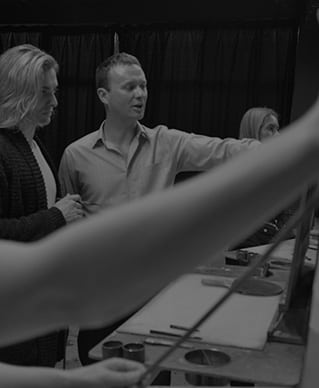
Cost
£598 per term.
Timetable
4th Jan – 8th Feb | half term | 22nd Feb – 29th March 2017.
Term 2 Limited Palette
The second term will focus on gaining control over a limited colour palette. We can expand our palette once we’ve learned to use the palette effectively.
In this term we will be using 3 primary colours. A Full Palette can overwhelm the beginner offering to much choice. A limited palette simplifies the thought process and forces the student to get the most out of the materials instead of adding extra colours.
This is not a just a means of teaching people how to paint, Zorn and other great painters have used a limited palette to create some beautiful work.
Daily Schedule
Morning Session
- Critiques from previous weeks assignment.
- Theory behind the days lesson.
- Demonstrate related exercises.
- Class repeat the exercises
Afternoon Session
- Students apply what we have learned in the morning on the portrait model.
- Assignment for further independent study to reinforce the lesson.
Lesson
Each lesson may last between a morning to two weeks.
Topics Covered
Zorn Palette
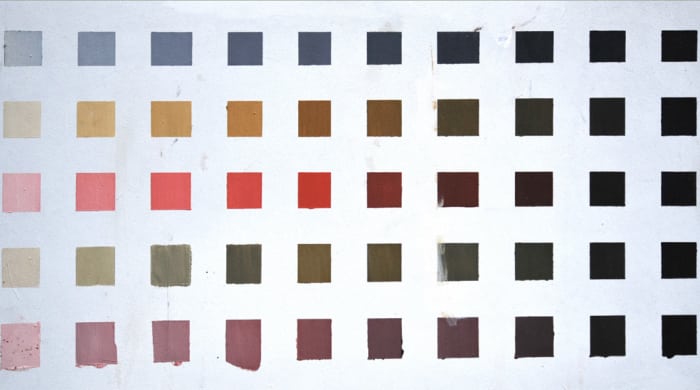
Lesson
Lesson = Introduction to the Limited Palette. The object of this lesson is to find the range of the colours we will be working with over the next term.
Exercise = Mix a primary and secondary colour chart. Illustrate the hue, saturation and value of each colour.
Model = No Model.
Homework = Practice colour mixing exercises.
Outcome
Students will learn how to mix secondary colours and find the range of each colour.
Limited Palette
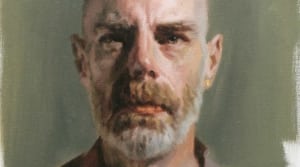
Lesson
Lesson = Colour mixing. We will be studying the hue, saturation and values that make up the features of the face.
Exercise = Using a photo reference. Mix the hue, saturation and values of the face.
Model = Apply what we have learned to the portrait model.
Homework = Repeat this exercise with a the reference provided.
Outcome
Students will learn:
- how to mix colour, temperature and value.
- the method of traditional portrait painting.
Tiling
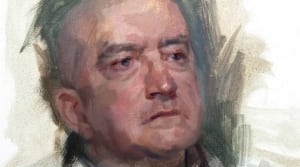
Lesson
Lesson = Shapes and mixing, we start training the eye to observe the colour, temperature and value of each shape.
Exercise = Describe each shape of the face using an approximation of colour, value and temperature.
Model = Apply what we have learned using a live model.
Homework = Repeat this exercise using a sitter or photo reference.
Outcome
Students will learn how to mix colour accurately.
Direct Painting
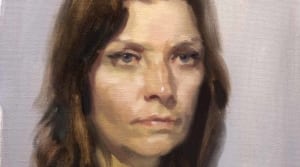
Lesson
Lesson = Introduction to “Alla Prima” or direct painting, this is a Wet in to Wet style of painting, practiced by such greats as Sargent, Zorn and Sorolla.
Exercise = Study a Zorn portrait observing brush strokes and colour.
Model = Apply what we have learned with a the portrait model.
Homework = practice this technique from a sitter or photo reference.
Outcome
Students will learn Zorns approach to manipulate edges, observing shapes and work wet into wet paint.
Features
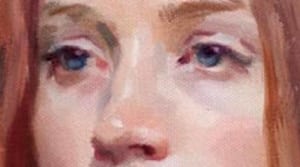
Lesson
Lesson = Now its time to investigate the smaller features, looking at the eyes, nose, mouth and ears.
Exercises = Short studies of features from reference material. Using a mirror paint our own individual features.
Model = Apply what we have learned with close up features of the model.
Homework = Practice using a mirror to investigate the features of your face.
Outcome
Students will learn:
- surface anatomy.
- characteristics of each feature.
Long Study
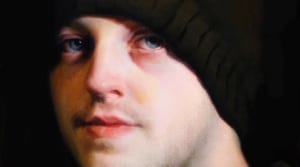
Lesson
Lesson = Longer study working from life and using reference of the model. The opportunity to work from life in the class room and in your own time from a photo reference. Sometimes its necessary to work from both if the sitter doesn’t have the time for multiple sittings.
Exercise = Extended pose working from life and a reference of the model
Model = Using a portrait model and reference.
Homework = Work on the portrait in their own time.
Outcome
Students will learn the advantages and disadvantages of working from life and a reference photo.
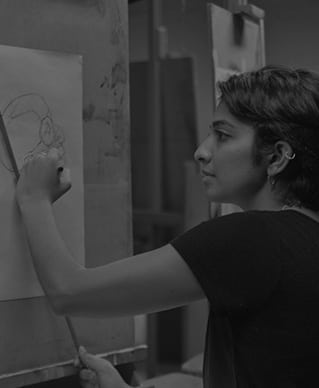
Cost
£598 per term.
Timetable
12th April – 17th May | half term | 31st May – 5th July 2017.
Term 3 Full Palette
In this term we will be exploring the Full Colour Palette which has a much broader range than a limited palette containing a range of primary and secondary colours. It lends itself well to the Alla Prima style of painting giving it a fresh vibrant look.
We have learned from previous terms that the study of Masterpieces is the quickest way to develop our vocabulary. In this term we will be looking at some of the modern masters of the Alla Prima Technique to help us deal with the complexities of a full palette.
Through studying the masters and applying what we have learned with a portrait model we can start to develop our own style as a portrait artist.
In the last half of the term we will spend some extra time producing an exhibition piece for the end of the year show.
Daily Schedule
Morning Session
- Critiques from previous weeks assignment.
- Theory behind the days lesson.
- Demonstrate related exercises.
- Class repeat the exercises
Afternoon Session
- Students apply what we have learned in the morning on the portrait model.
- Assignment for further independent study to reinforce the lesson.
Lesson
Each lesson may last between a morning to two weeks.
Topics Covered
Alla Prima Intro
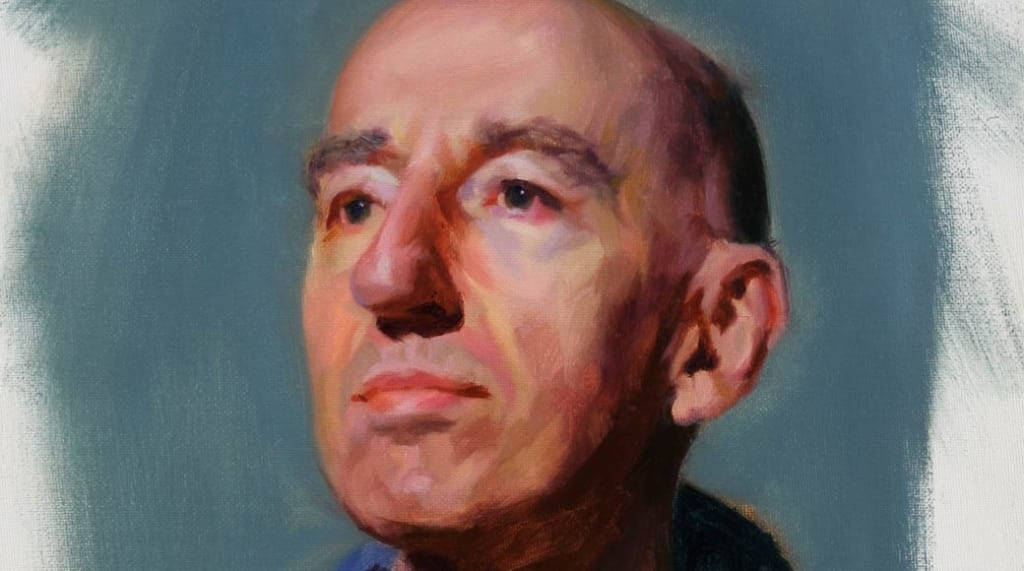
Lesson
Lesson = This Lesson is designed to push the boundaries of colour. We can tone the colours down as we progress through the term when we get used to mixing paint.
Exercise = Study observing the local colours of the face and exaggerated colour mixing.
Model = Apply what we have learned with a portrait.
Homework = Repaint the study to see how much you remember.
Outcome
Students will learn:
- how far you can push colour and it still look believable.
- Bravado.
Bravura
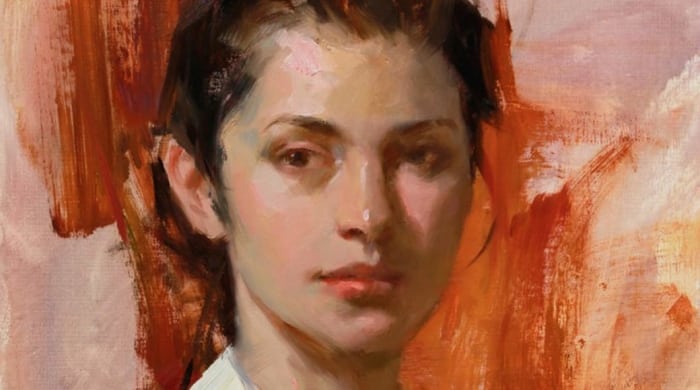
Lesson
Lesson = Richard Shmid is a modern day master of Alla Prima portraits, the aim of this study is to emulate his loose yet accurate style.
Exercise = Study a Richard Schmid portrait painting observing the use of colour, strokes and accuracy.
Model = Apply what we have learned with the Model.
Homework = Study Richard Shmid Portrait. Paint a portrait in similar style either sitter or photo reference.
Outcome
Students will learn:
- colour mixing.
- deftness of handling.
- Bravura.
Idealisation
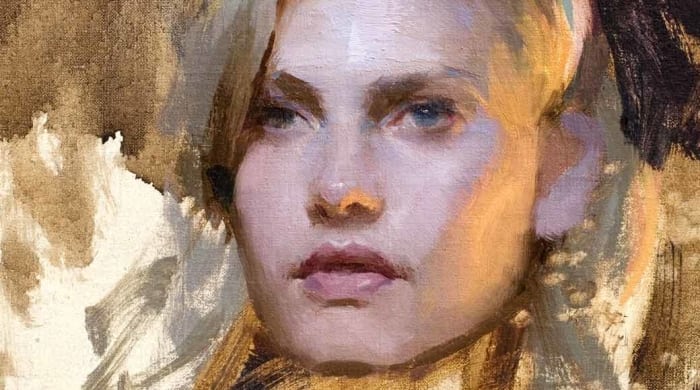
Lesson
Lesson = Now that we’ve learned how to observe and describe the colours of the face its time to idealise. Theres a difference between what’s there and what works in a painting. For example Jeremy Lipkings cool purple and blue flesh tones accentuate a woman’s femininity.
Exercise = Study a Jeremy Lipking portrait observing the use of cool purples and blues in the darker half tones.
Model = Apply what we have learned to the Model replacing the local areas of green with shades of violet and blue.
Homework = Study Jeremy Lipking Portrait. Paint a portrait in similar style either sitter or photo reference.
Outcome
Students will learn the importance of idealisation over reality.
Refining
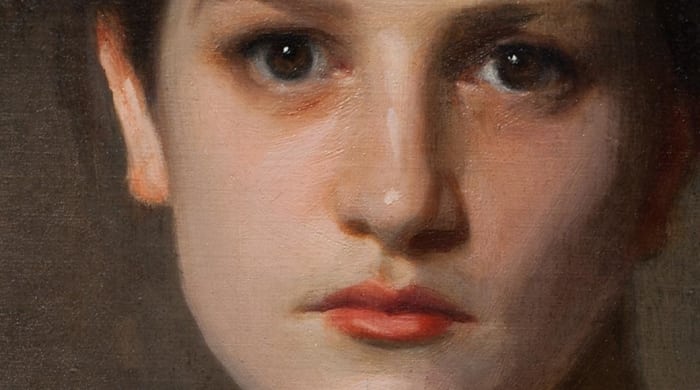
Lesson
Lesson = Building on from the Lipking copy we can see the colours that Sergeant used. Both Schmid and Lipking appear to be influenced by Sergeants work.
Exercise = Study a Sergeant paying carefully attention to cool and warm colours edges and brush strokes.
Model = Apply what you have learned with the model.
Homework = Study John Singer Sargent Portrait. Paint a portrait in similar style either sitter or photo reference.
Outcome
Students will learn to describe the subtleties of the face without over describing them.
Lighting and Posing
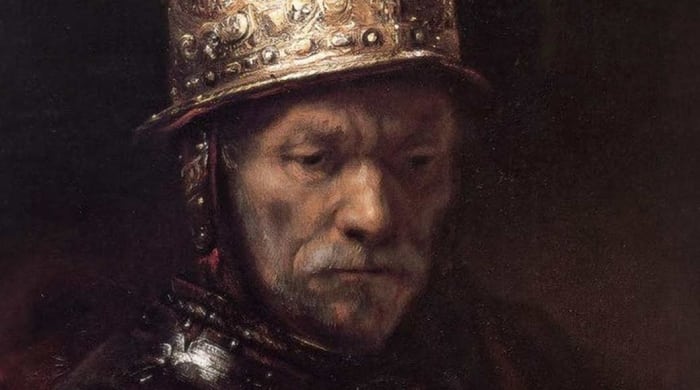
Lesson
Lesson = This Lesson is for future reference when your using your own models to work from. We will be looking at the various lighting styles and how to pose the model to accentuate the models features and character.
Exercise = Each student will use a camera and lighting equipment to create a composition using various lighting techniques and poses.
Model = Using a model to light and pose.
Homework = Practice copying the skull from various elevations at home.
Outcome
Students will learn to light a the subject to create a sense of mood and social standing.
Exhibition Piece
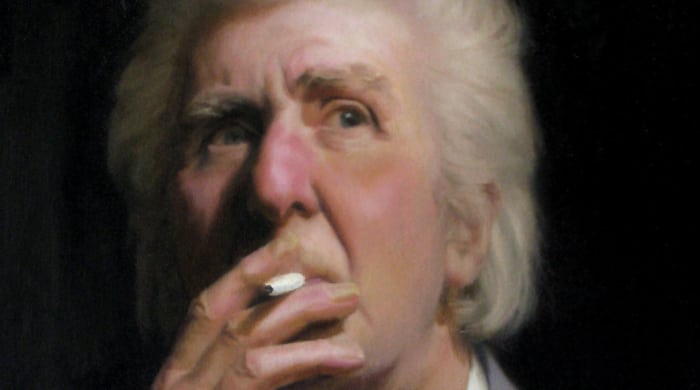
Lesson
Lesson = Students will have extra time to work on a piece for the end of the year exhibition. Students will also be able to show their best work throughout the year with a before and after to show how much they have progressed through the two years.
Exercise = Prolonged study, bringing all the elements together taught over the two years.
Model = Working from a portrait model
Friends and family are welcome to see how far the students have advanced from the start of the program.
Outcome
Students will learn to deal with the pressure when exhibiting your work.


